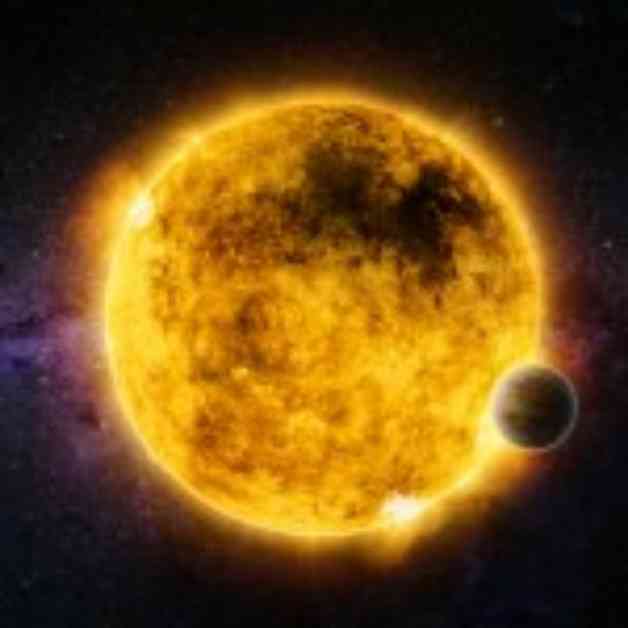A rare celestial event is expected to occur in the night sky anytime between now and September, as astronomers anticipate the birth of a new star in the Milky Way’s Corona Borealis constellation. This event, known as a nova, is a sudden explosion from a collapsed star called a white dwarf, and it is a unique opportunity for young astronomers to witness a cosmic event up close.
The nova event will take place in the T Coronae Borealis system, also known as the “Blaze Star,” which consists of a white dwarf star and an aging red giant star. This binary system experiences explosive outbursts every 80 years due to the interaction between the two stars. The exchange of matter causes a runaway thermonuclear reaction on the white dwarf, leading to a nova event that brightens the night sky.
The last recorded outburst of T Coronae Borealis was in 1946, and astronomers are closely monitoring the star system for any signs of another explosion. While novae events are typically unpredictable, this recurring nova system provides researchers with valuable insights into the dynamics of these stellar phenomena. The upcoming nova event is expected to make the star visible to the naked eye, similar in brightness to Polaris, the North Star.
Amateur astronomers and citizen scientists are encouraged to observe the nova event and share their findings with the global community. Social media and instant alerts will play a crucial role in notifying space enthusiasts about the brightening star in the night sky. By collecting data from various sources, astronomers hope to gain a better understanding of the mass transfer and thermonuclear processes involved in these explosive events.
The upcoming celestial event in the Corona Borealis constellation serves as a reminder of the dynamic and ever-changing nature of our universe. While the exact timing of the nova remains uncertain, the scientific community is prepared to study and document this rare astronomical phenomenon. Whether the star system explodes by September or not, the journey of discovery and exploration continues for astronomers and stargazers alike.






